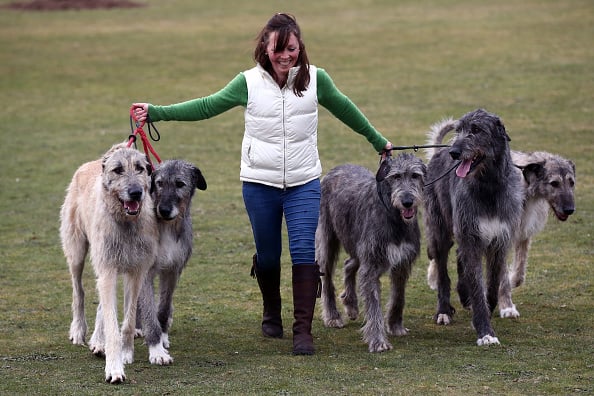15 Chattiest Dog Breeds That Will Keep You Company (Loudly)
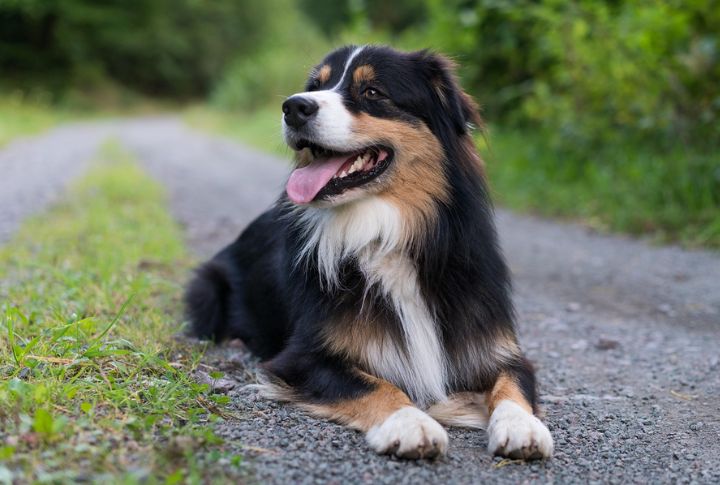
Some dogs are quiet companions—but not these ones. For this bunch, a squirrel on the fence or just the wind blowing by is enough to start the chatter. Their voices match their energy, and their personalities are anything but shy. Meet 15 dog breeds known for filling your home with both loyalty and loud opinions.
Siberian Husky
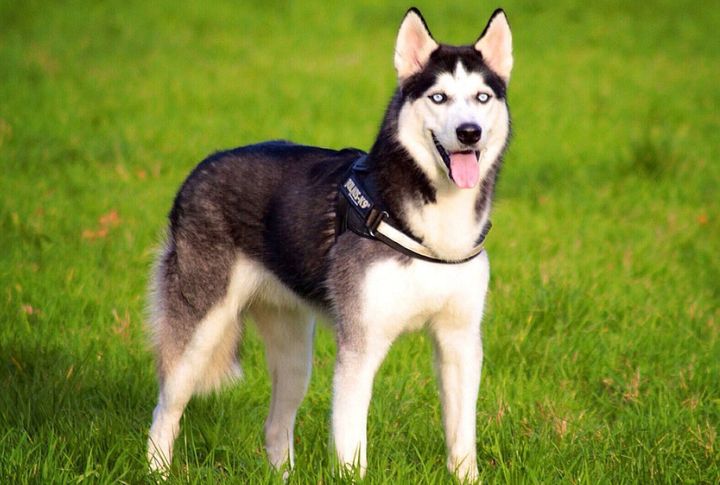
Huskies are known for their wolf-like howls, but they rarely stop there. Developed to work in teams across the snowy terrain, they evolved to vocalize constantly as a form of pack communication. Today, history shows up as dramatic whining and playful “talking” that often mimics the flow of human conversation.
Miniature Schnauzer

The sharp bark of a Miniature Schnauzer cuts through distractions. It’s rooted in generations of farm work in Germany, where they guarded livestock and kept rodents at bay. Even in a quiet household, they monitor every shift and sound and respond with quick alerts triggered by movement or unfamiliar voices.
Beagle
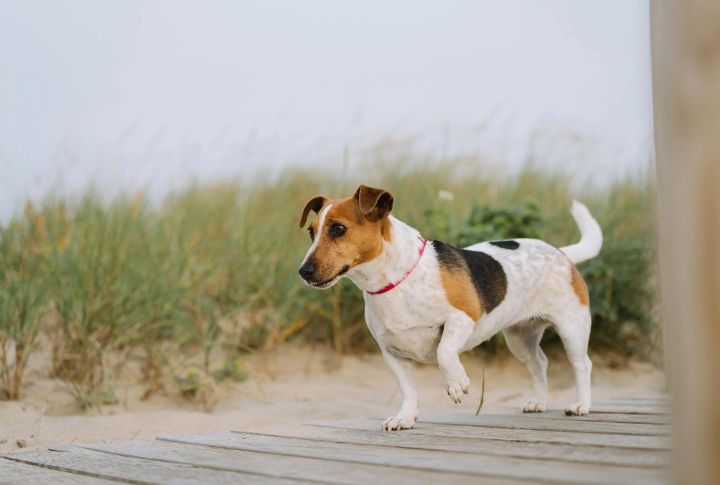
At home, the Beagle rarely stays silent. They produce a bay, which is a howl-like bark designed to carry across long distances. This comes directly from their origins as hunting companions that vocalized to keep hunters on the trail. Today, that vocal range shows up in howls and persistent sounds.
Chihuahua
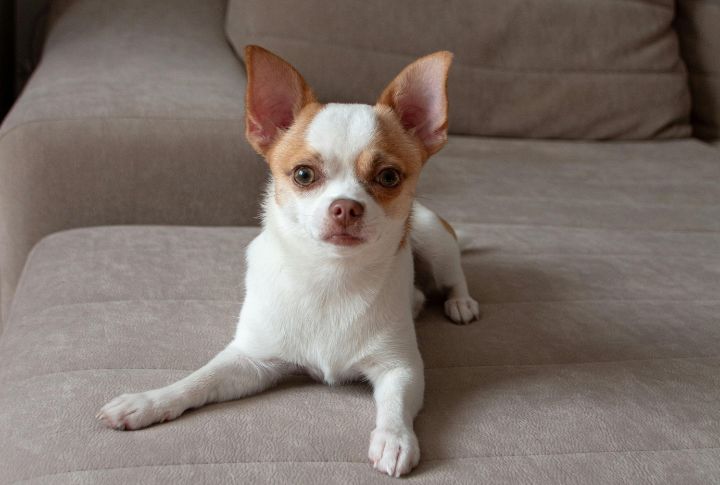
Bred for companionship but quick to act like watchdogs, Chihuahuas are reactive and intensely aware of their surroundings. They tend to bark frequently in response to unfamiliar people or sounds. Their small size gives them few defense tools, so vocalizing becomes their default response to threats or disruption.
Dachshund
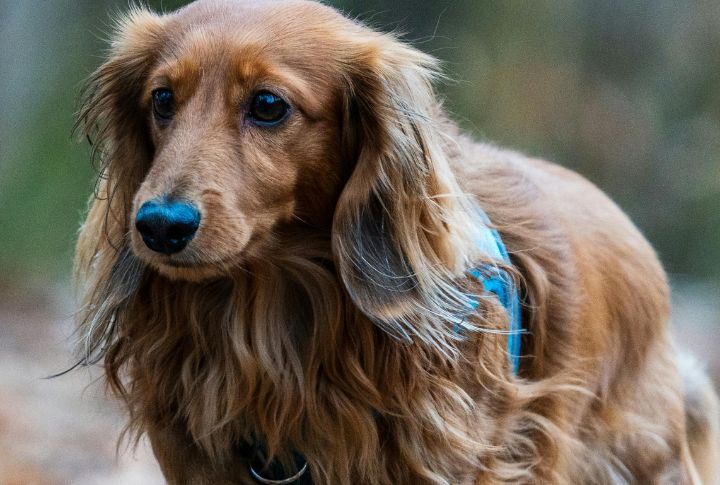
These fellows may be small, but a Dachshund’s voice is unmistakably deep and forceful. The reason goes back to their breeding: they chased badgers into tunnels and needed a bark strong enough to reach hunters above ground. That same volume emerges during play or when they’re left mentally under-stimulated.
Yorkshire Terrier
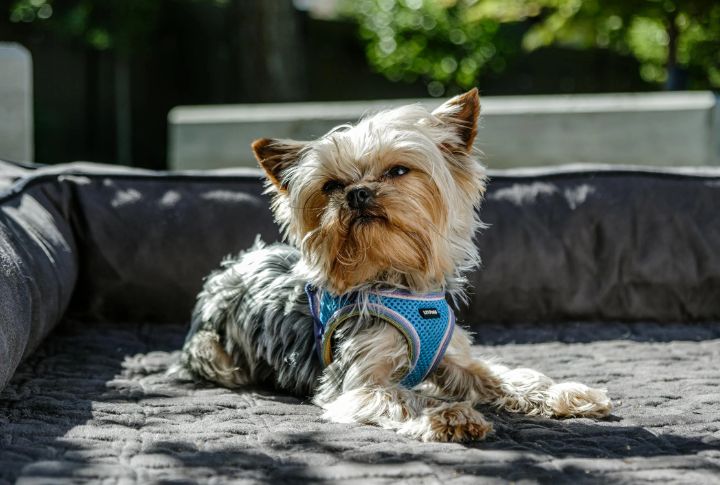
Yorkies respond to motion and unfamiliar sounds with high-pitched barking that rarely goes unnoticed. The small stature doesn’t hold them back; they often act as vocal protectors in the home. This boldness traces back to their original role of hunting rats in crowded textile mills.
Basset Hound
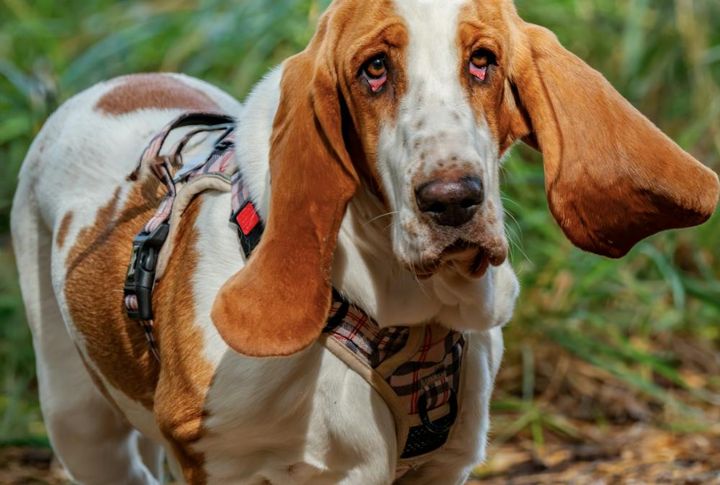
The sound of a Basset Hound’s howl isn’t accidental. It was developed for one purpose: to lead hunters during slow, deliberate scent trails. Their deep, echoing voice served as a tracking tool across fields. In modern life, that same howl often returns when they detect a scent or want attention.
Australian Shepherd
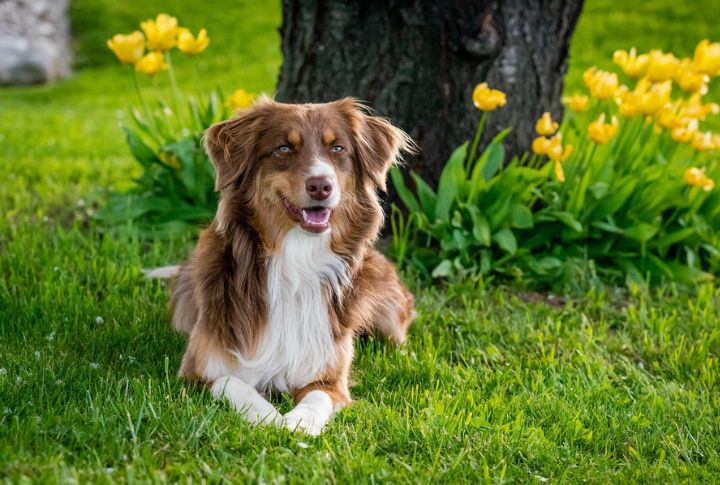
These working dogs thrived in environments where they needed to lead livestock using body language and vocal cues. That skill set did not disappear with domestication. Australian Shepherds vocalize to manage energy or demand engagement. Their communication often comes as short barks or bark-talking during activity.
Cairn Terrier
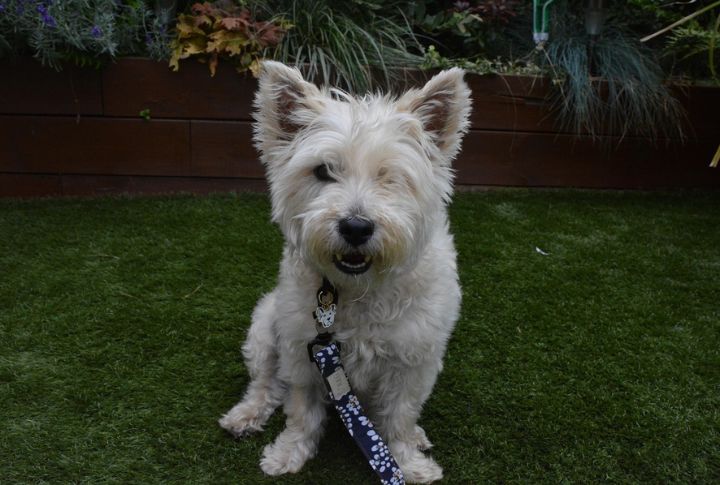
Cairn Terriers are still highly reactive and vocal, often barking at the slightest movement or scent. They were originally tasked with digging out and alerting hunters to prey hidden in rocky Scottish terrain, which required persistent communication. That sharp, rapid-fire bark remains central to how they respond to everyday stimuli.
Jack Russell Terrier
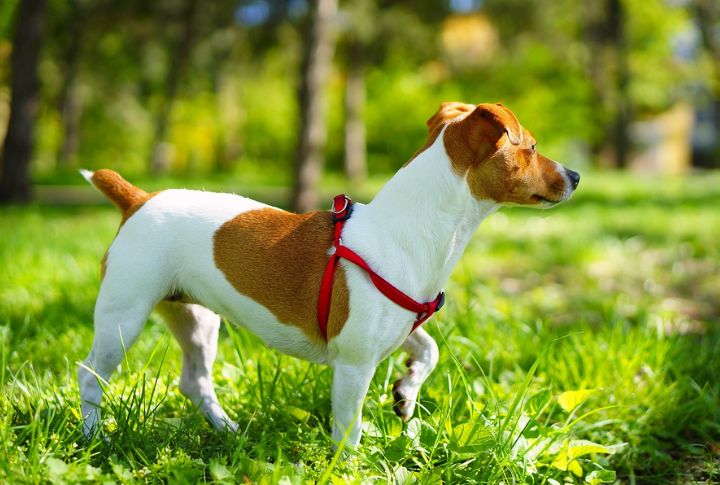
This breed was designed for fox hunting, with a job that included flushing prey and announcing it with sound. Jack Russells are incredibly high-energy and use barking as an outlet when bored or stimulated. The frequent vocalizing stems from an intense need for interaction, both physical and mental.
Alaskan Malamute
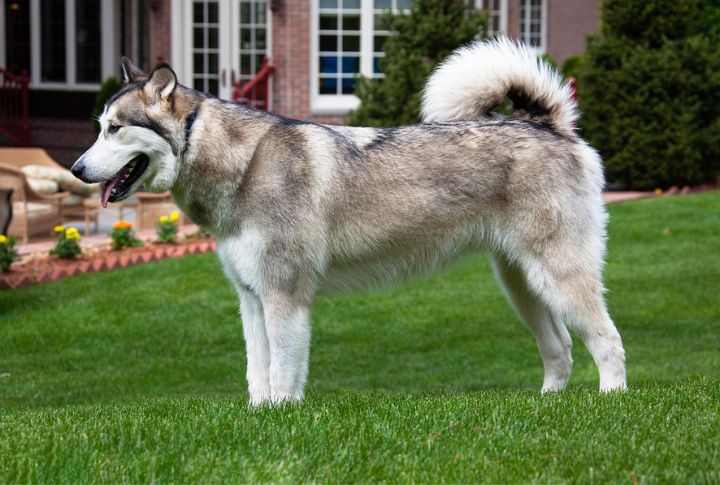
Unlike traditional barkers, Malamutes communicate using expressive howls and deep vocalizations. Bred to haul heavy sleds in arctic regions, they used howling to stay connected across distances. In domestic life, they still “talk” through throaty sounds and whines, often stringing them together when excited or seeking attention.
Pomeranian

Behind the fluff and toy-sized frame is a dog with a sharp set of instincts. Once much larger and used for sled pulling, the Pomeranian still holds on to its bold temperament. Their barking often kicks in as a territorial alarm, responding to minor noises with vocal urgency that most breeds might overlook.
American Eskimo Dog
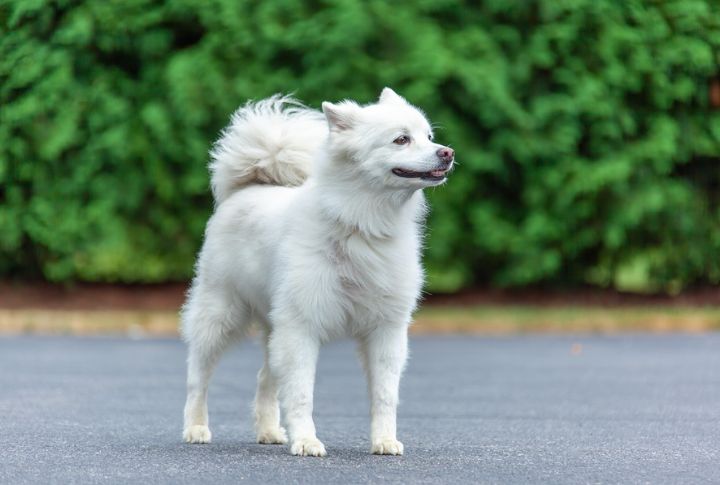
Originally bred as circus performers and watchdogs, American Eskimos have a sharp bark. Their alertness translates into frequent vocal bursts, especially when they sense movement or unusual activity. Without regular mental challenges, they may bark out of restlessness or desire for engagement.
Bluetick Coonhound
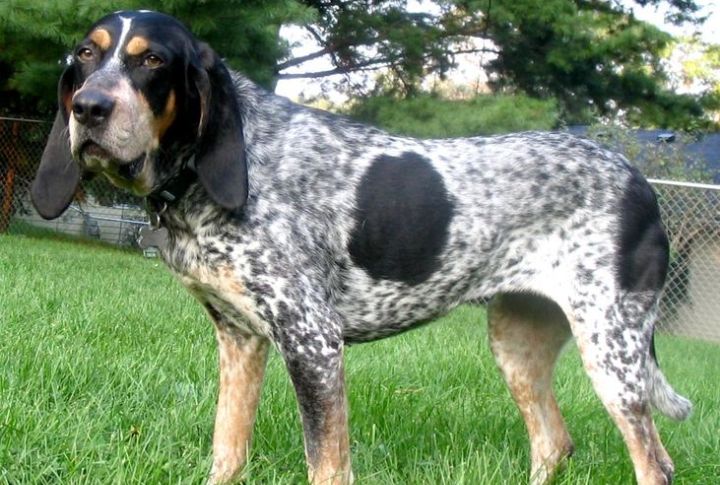
Blueticks have one of the loudest and most distinctive barks in the hound family. Their long, melodic baying was essential during nighttime raccoon hunts. That vocal stamina has carried over to modern households, where they bark in deep tones for long stretches, especially when following scents or expressing excitement.
Shetland Sheepdog
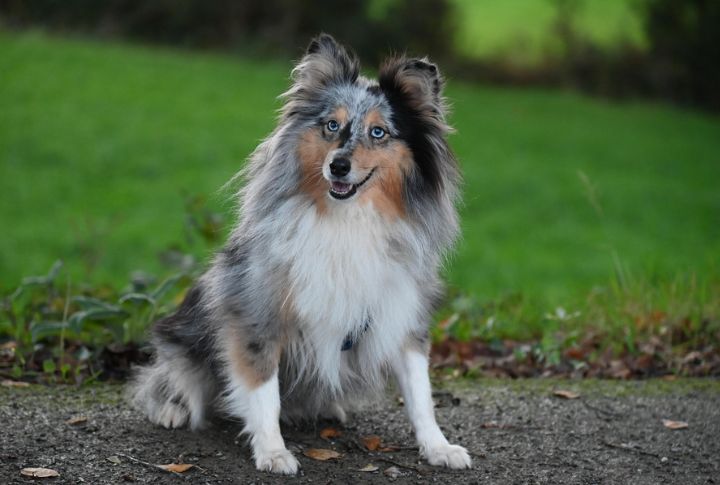
Barking is second nature to the Shetland Sheepdog. Sharp, high-pitched vocal bursts are common responses to even the smallest changes in their surroundings. These dogs react quickly and often continue until they’re acknowledged. That persistent voice traces back to their original role, herding sheep in the remote, windy Shetland Islands.





